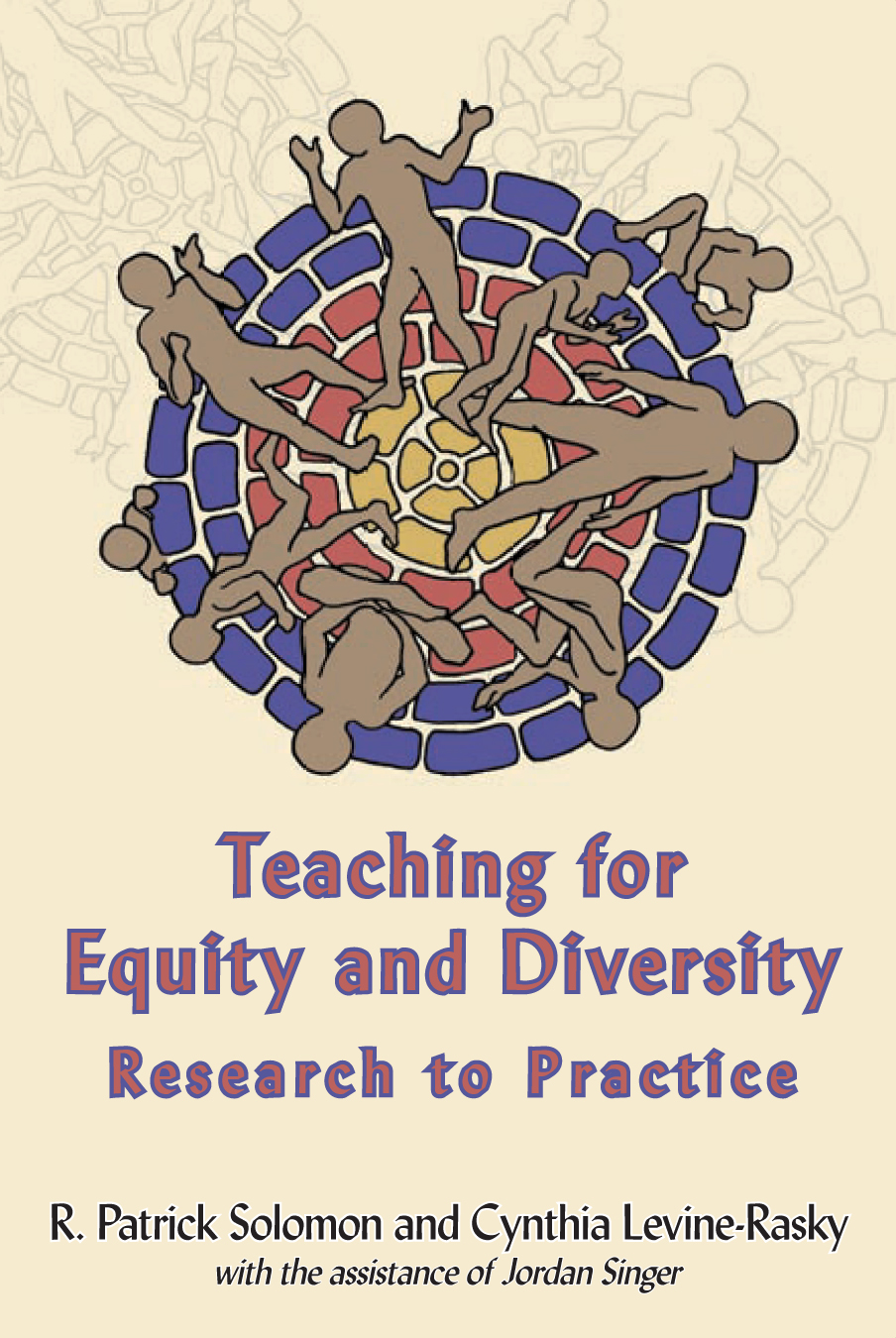Teaching for Equity and Diversity
Research to Practice
By R. Patrick Solomon, Cynthia Levine-Rasky, Jordan Singer
Description
This book is the first national study of Canadian educators’ perspectives and practices of multicultural and antiracism education. It explores teachers’ perspectives on race and ethno-cultural equity and offers solutions for some of the most pressing social justice and diversity issues facing eduators in contemporary Canadian schools and society.
Solomon and Levine-Rasky suggest that the ineffectiveness of professional development initiatives to move educators from a posture of resistance to one of transformation points to the need for a more progressive teacher education pedagogy.
Based on a proven Urban Diversity Teacher Education model, this book provides theoretically driven practices for simultaneous renewal of teacher education in the university, partnership schools, and the communities they serve. It links the sensitive issues of race, ethnicity and culture to the broader equity, social justice, and diversity themes in Canadian society and institutions.
Teaching for Equity and Diversity will be useful to teachers, graduate students in education, teacher educators, and cultural workers who are committed to inclusive and democratic schooling.
Details
Price
Number of Pages
211
Dimensions
6.00" x 9.00”
Print ISBN
9781551302461
Subjects
"Teaching for Equity and Diversity is extremely insightful and fittingly grounded in the knowledge and practice of educators committed to promoting equity and anti-racism education. The book is a must-read for students, teachers, community workers and, in fact, and educational practitioner bent on combining critical thought, self reflection and social practice in order to enhance schooling outcomes for all learners."
